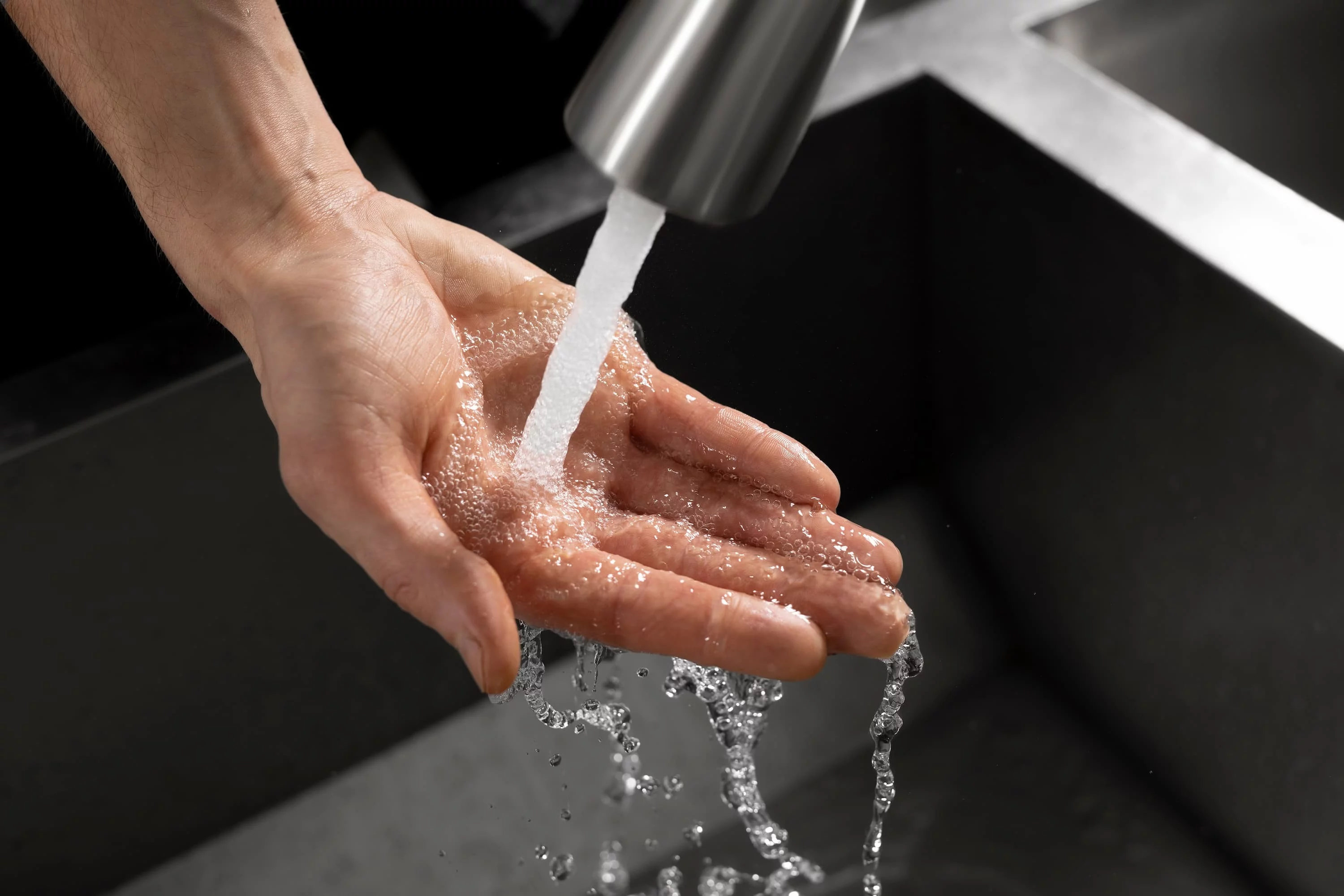"Water-borne illnesses are often linked to poor sanitation, inadequate waste disposal systems, and unclean water storage practices."
)
Water-borne illnesses remain a significant public health challenge around the world. These diseases are caused by harmful microorganisms such as bacteria, viruses, parasites, or protozoa that contaminate the water sources. When people consume or come into contact with contaminated water, they may fall ill, leading to symptoms such as diarrhea, nausea, and stomach cramps. The good news is that most of these diseases are preventable with the right precautions.
This comprehensive guide will walk you through the causes of water-borne diseases, common symptoms, and the steps you can take to ensure your water is safe to use.
Water-borne diseases are illnesses caused by harmful pathogens found in contaminated water. These pathogens can be bacteria, viruses, protozoa, or parasites, and they can infect individuals when they consume or come into contact with contaminated water. Some common water-borne illnesses include cholera, typhoid fever, hepatitis A, giardiasis, cryptosporidiosis, and dysentery. Water-borne infections are often linked to poor sanitation, inadequate waste disposal systems, and unclean water storage practices.
Water-borne infections when water is contaminated with harmful microorganisms. The primary causes of contamination include:
Even if the primary water supply is clean, an unclean water tank or pipe system can cause water-borne illnesses, making regular maintenance and disinfection essential.
Some of the most common water-borne diseases include:
The symptoms of water-borne infections vary depending on the type of infection, but common signs include:
"Water-borne illnesses are often linked to poor sanitation, inadequate waste disposal systems, and unclean water storage practices."
There are several proactive steps you can take to prevent water-borne ailments and ensure your water remains clean and safe:
In KSA, where water is stored in tanks, it’s crucial to regularly clean and disinfect these tanks. Bacteria, mold, dirt, and silt can build up inside tanks over time, turning your stored water into a breeding ground for pathogens. Clean water tanks regularly and ensure proper maintenance to prevent contamination.
Even if your water comes from a treated supply, it may still contain harmful bacteria, viruses, or chemicals. Installing a water purification system or using filtration devices can ensure that your water is safe for consumption. A good quality water purifier removes impurities and harmful microorganisms, providing clean, drinkable water.
Pipes that carry water to your home should also be kept in good condition. Regular cleaning and disinfection of pipelines can prevent the buildup of rust, dirt, or bacteria that could contaminate your water supply. Ensure your pipes are regularly checked for leaks or damage to maintain clean water flow throughout your home.
Store water in clean, sealed containers to avoid contamination. Avoid using old or damaged containers, as they may harbor bacteria. Make sure the water you store is covered and free from any contaminants like dirt or insects.
Hand hygiene plays a crucial role in preventing water-borne ailments. Always wash your hands with soap and water before preparing food, eating, and after using the bathroom. Keeping your hands clean helps prevent the spread of bacteria and viruses that can contaminate water.
In addition to clean water, make sure all food is washed thoroughly before cooking. Cooking food at the right temperatures will kill harmful bacteria and parasites. Avoid eating raw or undercooked food that may have been prepared with contaminated water.
Vaccines are an effective way to protect yourself from some water-borne illnesses. Vaccinations for diseases such as hepatitis A and typhoid fever can offer long-lasting protection, reducing the risk of contracting these illnesses through contaminated water or food.
Periodically test your water to ensure that it is free from harmful bacteria and contaminants. A water quality test can reveal the presence of microorganisms or pollutants that may be harmful to your health. If necessary, take corrective measures, such as installing filtration systems or cleaning your water tank.
Water-borne diseases are a significant health concern, but they are preventable with the right practices. Ensuring that your water is clean and safe to drink is essential for protecting yourself and your family. Regularly cleaning water tanks, maintaining pipelines, using water purifiers, practicing good hygiene, and getting vaccinated are all effective ways to reduce the risk of water-borne illnesses.
In KSA, the water supply undergoes stringent filtration processes before it reaches your home, ensuring that it is safe for consumption. However, the responsibility doesn’t stop there. It’s crucial to ensure proper storage and hygienic use of your water to avoid contamination that can lead to water-borne infections. Dirty or poorly maintained water tanks can become breeding grounds for harmful bacteria, even if the water supply itself is clean.
By following these simple yet important steps, you can ensure that your water supply remains safe, and your family stays healthy. Clean water is the foundation of good health, and it’s worth the investment to ensure it’s available in your home.